How to Record Squat Videos for AI‑Powered Analysis
The squat is a cornerstone of athletic training and rehabilitation. Whether you're aiming to build strength, improve mobility, or recover from injury, how you perform this essential movement matters. Thanks to artificial intelligence, we can now move beyond visual guesswork and analyze squat mechanics with precision — as long as the video is captured correctly.
In this guide, you’ll learn how to record high‑quality squat footage so the AiKYNETIX Web Platform (or iOS app) can deliver meaningful, data‑driven insights into your movement.
Why Analyze Squats with AI?
Squats involve coordinated movements across the ankles, knees, hips, pelvis, spine, and shoulders. Subtle misalignments or compensations can reduce performance or lead to injury. AI‑based analysis like AiKYNETIX calculates joint angles, movement symmetry, range of motion, and deviations in real time, then translates them into clear reports and actionable recommendations.
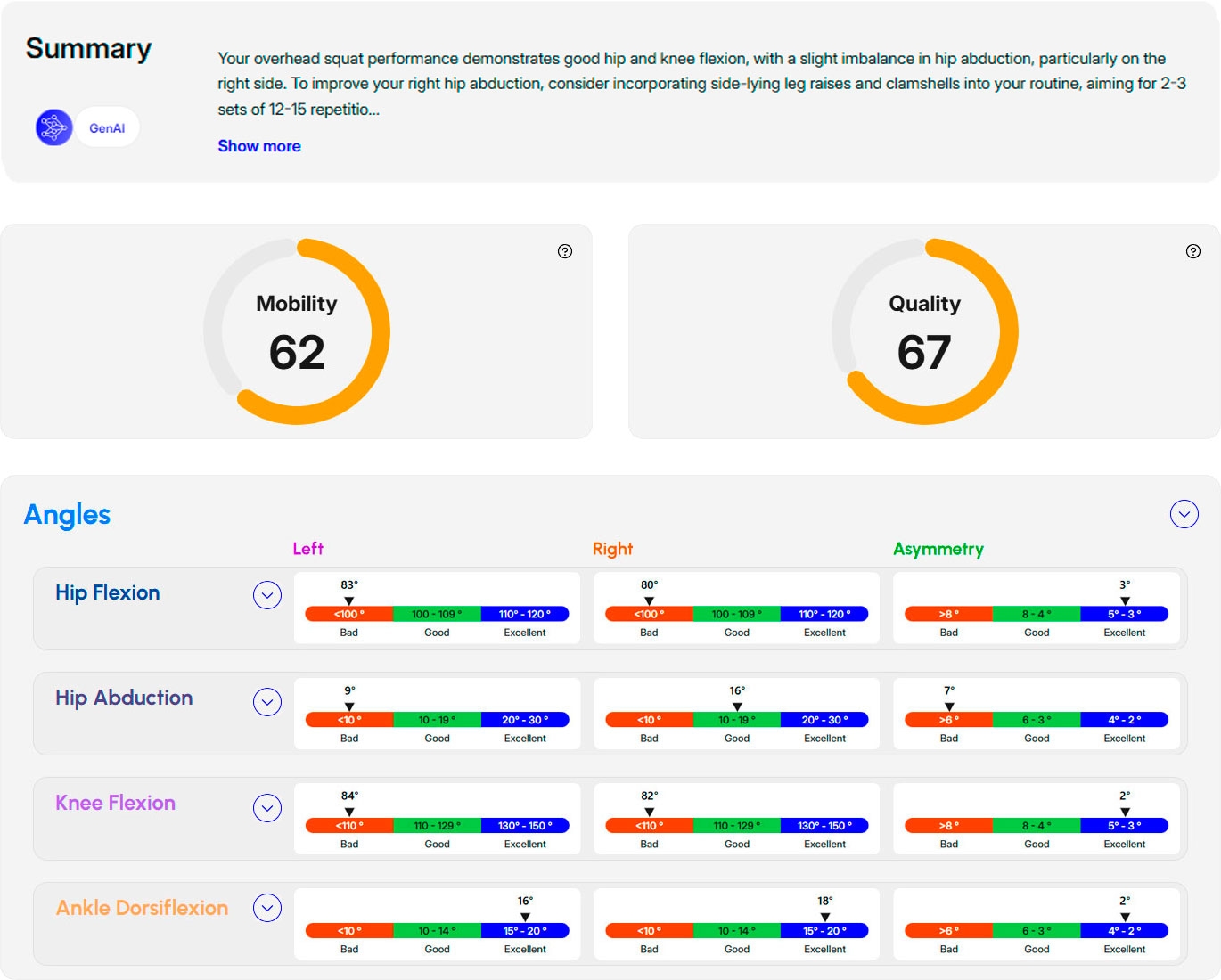
Step 1 | Set Up the Recording Environment
✔ Choose the Right Space
Flat, non‑reflective surface — avoid carpets or uneven terrain.
Open area with no moving people or pets in the background.
No mirrors or windows that could create glare or duplicate your image.
✔ Optimize Lighting
Use natural light or diffuse LED lighting from multiple angles.
Eliminate harsh shadows.
Don’t film in front of windows or under direct spotlights.
✔ Wear the Right Gear
Form‑fitting clothing (compression shorts, leggings, tanks).
Solid, contrasting colors to help the AI distinguish limbs.

Step 2 | Camera Setup for Optimal Capture
✔ Use a Stable Setup
Mount your phone or camera on a tripod at hip‑to‑waist level (~1 m / 3 ft).
Hand‑held is possible, but shaky footage can ruin tracking quality.
✔ Record from Multiple Angles Capture three views in a single session:
Front (facing the camera)
Left side
Right side
Keep your entire body — head to toes — in frame at all times.
Record at 1080 p / 30 fps or higher.
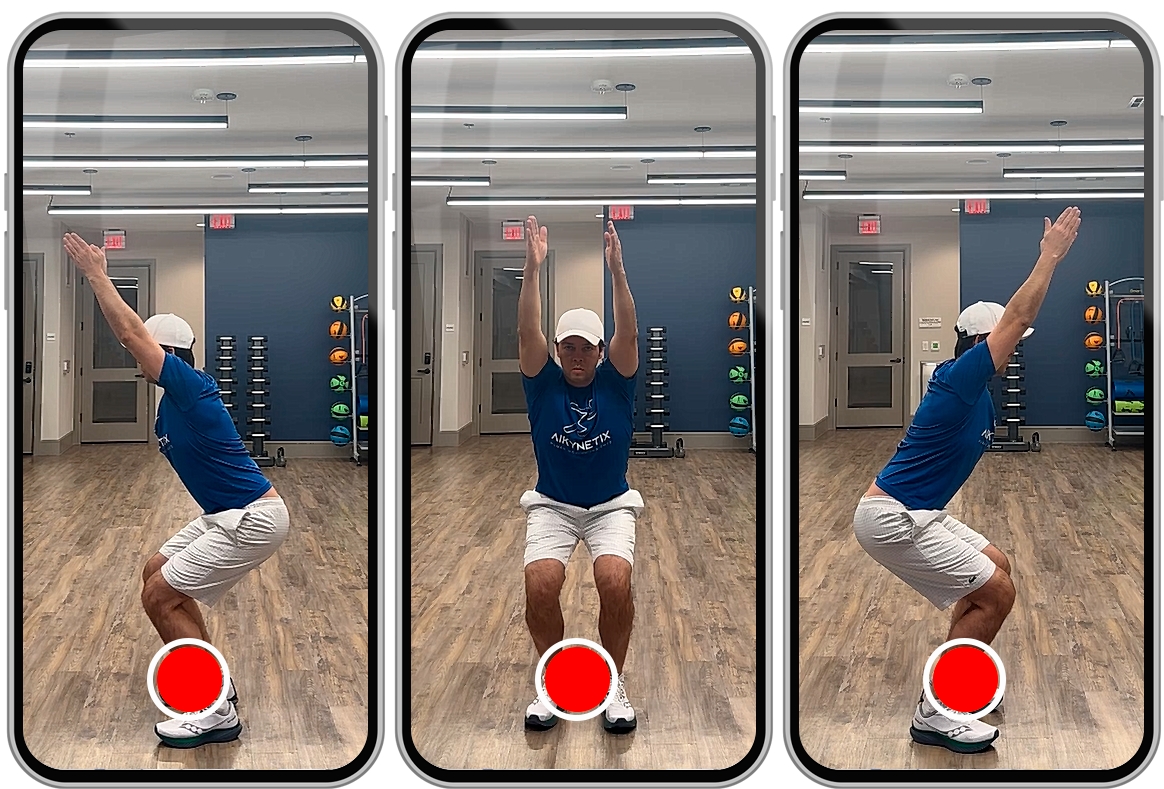
Step 3 | Perform a Controlled Overhead Squat
The overhead squat is a gold‑standard diagnostic movement.
✔ Execution Checklist
Stand tall, feet shoulder‑width apart, arms raised overhead.
Squat slowly and with control, keeping arms upright.
Avoid bouncing or rushing the descent and ascent.
Perform one full squat per camera angle.
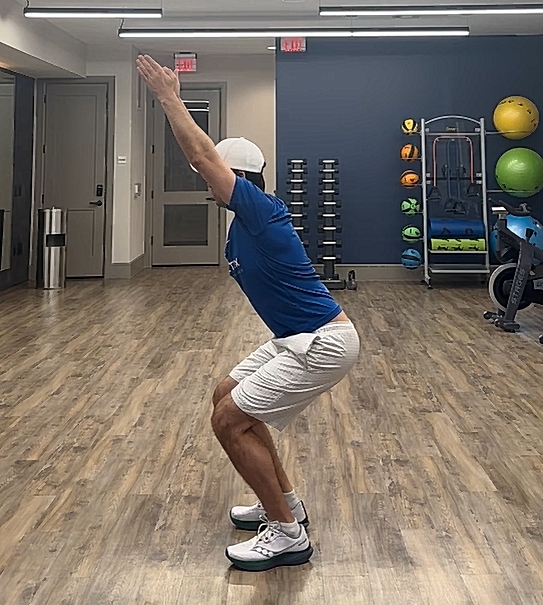
Step 4 | Upload to the AiKYNETIX Platform
Go to the AiKYNETIX Web Platform or open the iOS app.
Select “Mobility Assessment.”
Follow the upload prompts and submit your video.
Within minutes you’ll receive a Session Summary with:
Mobility & Technique scores
Joint angles (hip, knee, ankle, spine, shoulders)
Symmetry analysis
Personalized recommendations
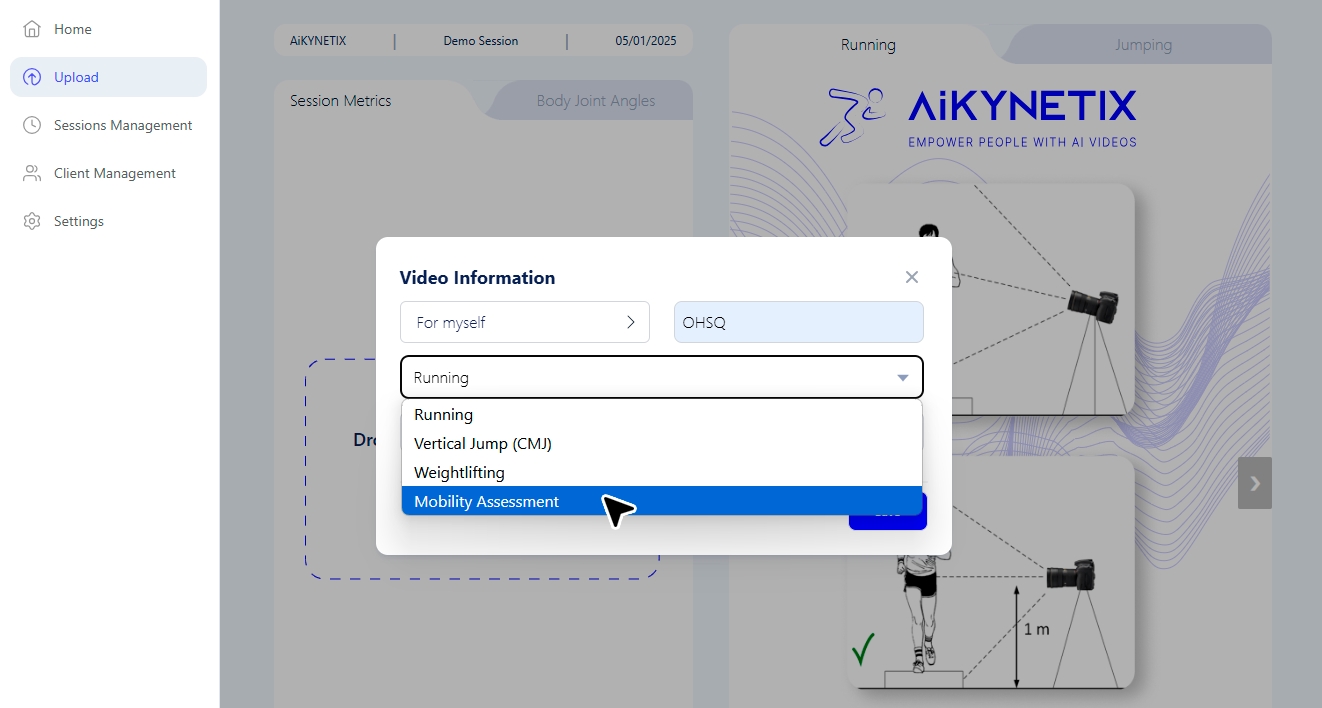
Step 5 | Interpret and Apply Your Results
Your report may include:
Joint Flexion Angles (e.g., hip 83°, knee 84°)
Asymmetry Reports (e.g., right hip abduction weaker than left)
Recommended Exercises (e.g., side‑lying clamshells 3 × 15 reps)
Progress Tracking over time
For athletes, this exposes weak links limiting performance. For therapists, it provides objective baselines to guide rehab.
Benefits of AI‑Based Squat Analysis
✅ Early detection of imbalances and dysfunctions ✅ Evidence‑based training adjustments ✅ Objective rehab progress monitoring ✅ Accessible anywhere — no expensive lab equipment ✅ Motivating — visible improvement over time
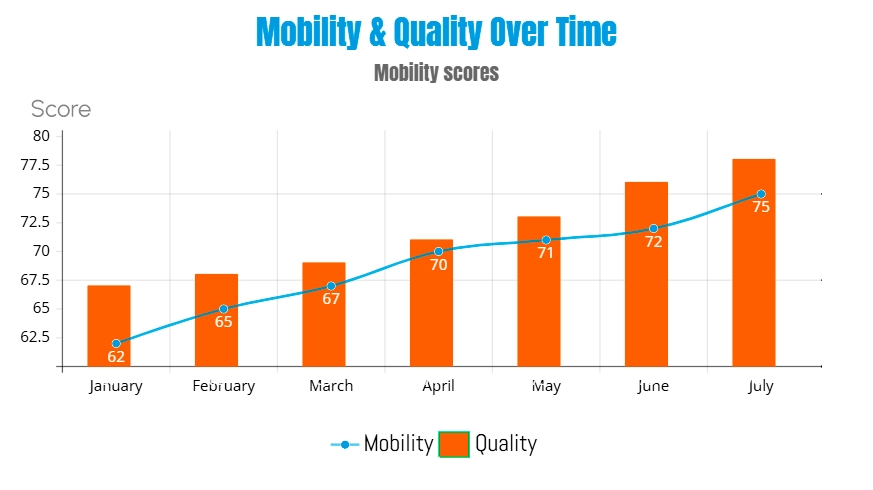
Final Thoughts
Incorporating AI‑powered video analysis into your training or rehab workflow is a game‑changer. With the right setup and a reliable tool like AiKYNETIX, you gain biomechanics‑lab quality insights at home or in the gym.
Better data → Better decisions → Better outcomes → Better movement.
Further Resources
AiKYNETIX Web Platform — advanced features for professionals
Last updated
Was this helpful?